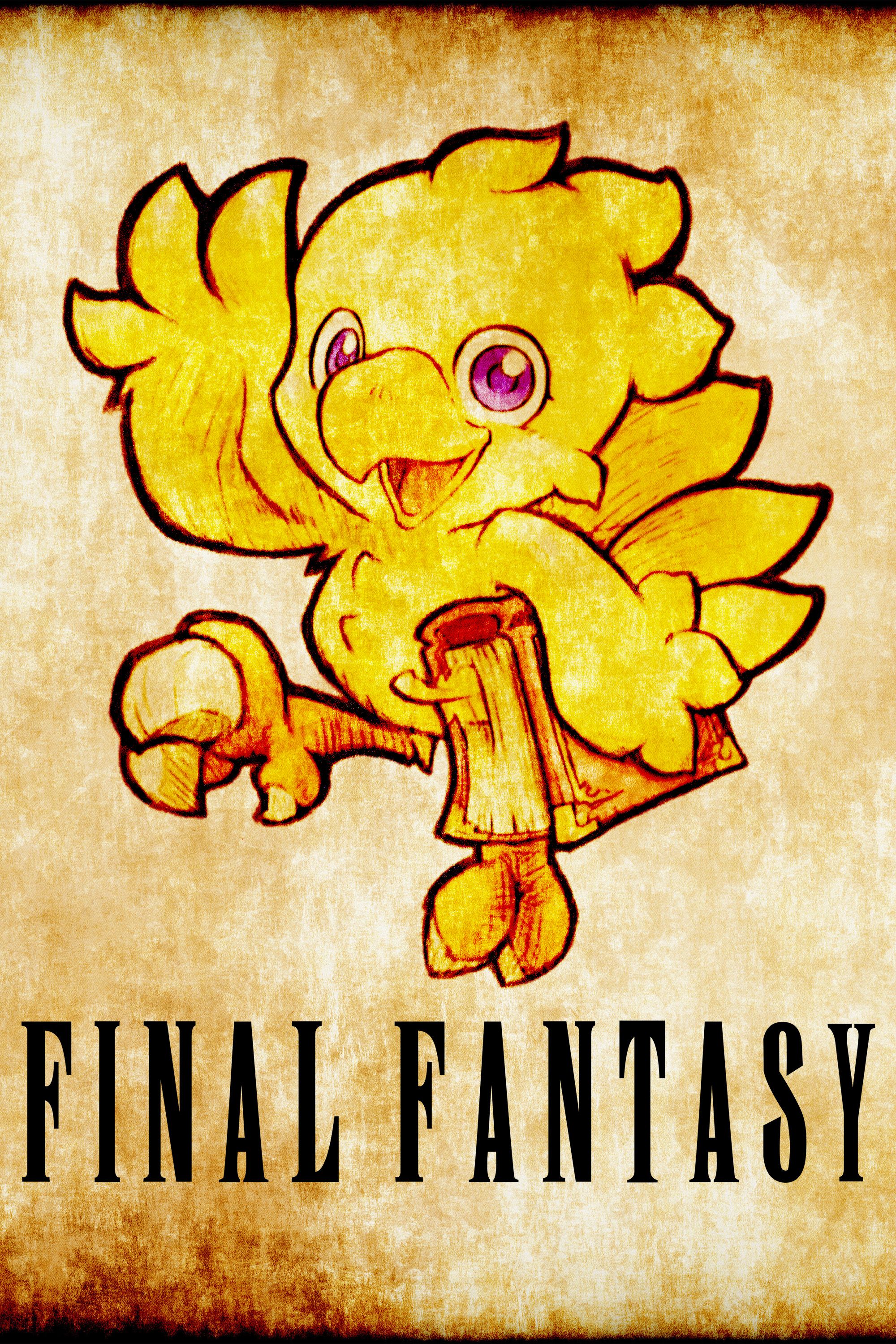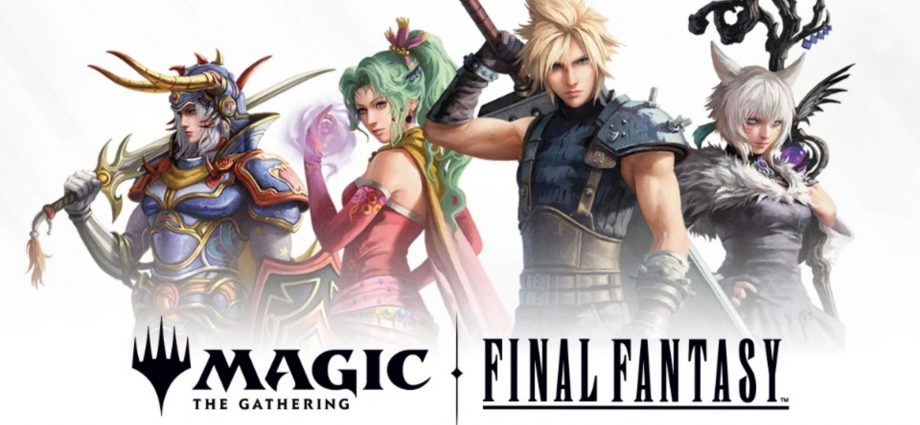Before it was ever officially revealed to players, Wizards of the Coast knew that it had something special on its hands with the Final Fantasy Universes Beyond set for Magic: The Gathering. While it was only just released on June 13, Wizards of the Coast and Square Enix began working on the Final Fantasy set roughly 5 years ago, which means it predates the very first official Universes Beyond set for Warhammer: 40,000. That level of care and attention to detail in both the design of the cards and their place as the first Standard Legal set in the Universes Beyond line has resulted in Final Fantasy being an unprecedented success, and it stands to serve as a benchmark for future Magic: The Gathering crossovers.
To date, there have been plenty of hugely successful Universes Beyond sets and collabs in Magic: The Gathering, from film and television crossovers like Lord of the Rings and Doctor Who, to video game-themed sets like the ones for Fallout and Assassin’s Creed. But almost none of them have achieved the same kind of instantaneous success as the Final Fantasy Magic set, which begs the question of what the future of Universes Beyond stands to learn from the collaboration between Square Enix and Wizards of the Coast. Ultimately, the lessons the Final Fantasy set has to teach communicate some important truths about what Magic: The Gathering players want to see from IP crossovers.

Related
Final Fantasy Isn’t the Only JRPG Series Worthy of a Magic: The Gathering Set
The recent Final Fantasy X Magic: The Gathering crossover has been a success, and another JRPG collab could also be a huge hit.
Final Fantasy’s Success as a Magic: The Gathering Set Comes Down to the Cards Themselves
As the saying goes, “the proof is in the pudding”, and in the case of the Final Fantasy Magic: The Gathering set, the pudding is the cards themselves. From purely an aesthetic perspective, the artistry and design on display in the Final Fantasy set are top quality, especially when looking at the Through The Ages reprints of classic Magic: The Gathering cards that feature art from longtime series mainstays like Yoshitaka Amano or Tetsuya Nomura. But the significance of Final Fantasy‘s Magic: The Gathering cards goes well beyond just looks.
The determining factor in the success of the Final Fantasy Magic set seems to be the sheer number of mechanically unique cards, especially when looking at the staggering 162 new commanders introduced in the set. Commander continues to be one of the most popular formats for Magic: The Gathering, especially among casual players at lower power brackets, and the sheer variety of commanders on offer to playtest with and build around is a dream come true for both newcomers looking to get into the hobby and for longtime veterans hoping to see if any of the new commanders are viable in cEDH.
It helps that many of the new cards are also thematically appropriate, tying in important stories and character development arcs from the Final Fantasy games themselves as much as they are fun to play. Vivi is still one of the most popular new commanders, thanks to how broken his power potential is for anyone looking to build an Izzet spellslinger deck, but commanders with thematically appropriate abilities, like Tellah — who sacrifices himself to deal massive damage a la his fatal casting of Meteor in Final Fantasy 4 — are arguably just as cool, and one of the set’s main draws.
Put another way, Final Fantasy succeeds as an IP for a Magic: The Gathering Universes Beyond set because it both fits within the context of the rest of the wider Magic universe and brings something unique to the table that honors the source material without being meme-y. It’s bringing thousands of new and lapsed players back into Magic: The Gathering while also illustrating the importance of giving players high-value reprints along with new, mechanically unique cards, and one can only hope that future video game IP crossovers, like potential Elder Scrolls or Dark Souls sets, would tread a similar path.

- Creation Year
-
1987
- Developer(s)
-
Square Enix
- Publisher(s)
-
Square Enix
- Creator
-
Hironobu Sakaguchi
- Latest Release
-
Final Fantasy 16
- Creator(s)
-
Hironobu Sakaguchi
